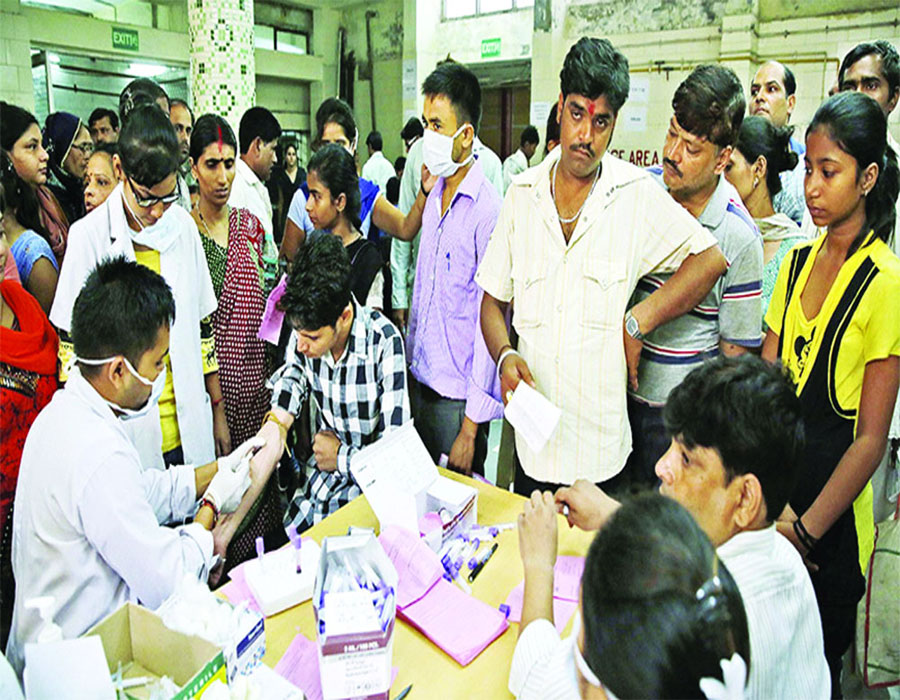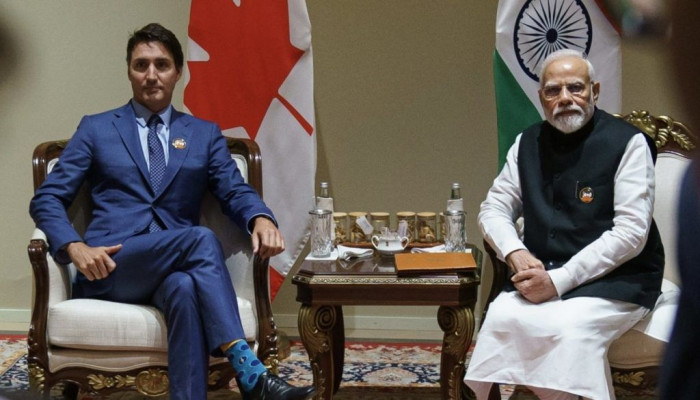Though national policies are often preceded by commitments of political parties in their manifestos, it is for the first time that health infrastructure has become a poll agenda
In spite of the pressing needs of a huge population, healthcare in India has never been an electoral mobiliser unlike in older democracies, such as the UK and the US. Only three National Health Policies (1983, 2002 and 2017) have been promulgated by respective Governments in the last 70 years. Though national policies and promises are often preceded by commitments of political parties in their manifestos, it is for the first time in the history of independent India that healthcare infrastructure has now become a top election agenda. This is all due to the Coronavirus pandemic.
Our country should be moving towards a healthcare system that places a high priority on keeping people healthy and out of hospitals. And the primary care doctor should be playing the leading role in this transformation. This, in turn, will lead to a reduced financial burden, diminishing the high costs of emergency rooms and tertiary care centres. Good primary care improves patient outcomes too, yet we have ignored these fundamentals to our detriment. This blind spot is the biggest flaw in our current healthcare system.
Democracy is a system of governance for the people, by the people and of the people. Primary healthcare, similarly defined, is healthcare provided to all, especially the most marginalised, with their participation and for their needs. If the primary healthcare system of a country is not functioning well, it is symptomatic of problems in its democracy itself. Primary healthcare is a public good and in a democracy, public good is publicly funded. The right to health is subsumed under the right to life in the Constitution. Yet, India figures at the very bottom of the global health systems’ rankings. We have the dubious distinction of having the maximum number of tuberculosis and leprosy patients and the highest maternal and infant mortality rates.
With a focus on primary care, our health system should move away from procedures/hospital- based care, in which primary care physicians (PCPs) have been devalued. Such systems depict the PCPs as paper-pushers in a world of specialists.
The Bhore Committee set up in 1946 published a landmark report highlighting the need for a “social physician”, who would be a key player in India’s healthcare system. The report also emphasised the need to recognise the field of Family Medicine as a separate speciality with a post-graduate residency programme in post-graduate medical institutes. Our medical education system, too, needs to encourage medical students to view primary care as a route to creating a more effective healthcare system.
The Josiah Macy Jr. Foundation, an organisation working to improve healthcare in the US, says that in order to produce more primary care doctors, who are willing to practise in disadvantaged and underserved areas, medical schools need to change the way they select students. It is seen in India, too, that students, who have strong ties to their community, want to form long-term relationships and commitment to public service, and hence are more likely to choose primary care (if such training is made available in the country) as a profession, than other students. One of the reasons our country or even the US is facing a shortage of PCPs is because the brightest medical students are often told or made to believe that they’re too smart not to specialise, and that attitude is reinforced throughout their medical training. What is special about Japan in the context of successful healthcare services is that it managed to contain the clout of specialists in its healthcare system and accorded a prominent voice to PCPs in its decision-making process.
In the early days of Japan’s modern medicine history, hospitals catered to only an affluent few and the Government limited their funding, restricting them to functions like training of medical students and isolation of infectious cases. Reciprocal connections between doctors in private clinics and hospitals were forbidden, thwarting possibilities of a nexus between the two groups. However, a sturdy lobby of clinic-based PCPs evolved, which tipped the balance in favour of primary healthcare. The Japanese social health insurance was implemented in 1927 and the medical association, that was dominated by PCPs, played the main role in negotiating the fee schedule.
Primary healthcare renewal demands major investments in system transformation and infrastructure (appropriate premises and staffing, information management systems and tools and facilitation to support the coordination of care and the improvement of quality).
Sadly, in India until 2018, only one per cent of the Gross Domestic Product (GDP) was spent on healthcare and since 2019 this has increased to 3.6 per cent. This is much lower than many non-democratic/poorer nations and is ahead of only five countries, namely Burundi, Myanmar, Pakistan, Sudan and Cambodia. Such low spending, as we know, leads to a perverted pattern of healthcare as our health system is meant to cater to a population of over a billion human beings.
Poor investment in the primary healthcare system naturally under-equips it. Hence, we lack supplies and drugs for comprehensive primary care. For example, of the 709 public health centres (PHCs) surveyed in 2009 by the International Institute for Population Sciences, Mumbai, about 24 per cent did not have electricity and 63 per cent did not have piped water supply. At the same time, PHCs are expected to deliver centrally- designed, targetted, vertical programmes, alienating them further from communities. As a result, even those families that can access PHCs continue to look elsewhere for their critical healthcare needs.
There is empirical evidence that public spending on primary healthcare is the most effective, efficient and equitable approach to improve the health of populations. Higher public spending has always shown decreased mortality and morbidity of the poor. An analysis by the Centre for Economic and International Studies examined the relative efficiency of public and private healthcare spending in 163 countries and reported that the former consistently leads to lower infant mortality rates and the latter, to higher.
India has a large network of PHCs and each is meant to serve a population of 25,000. In poorer States, such as Madhya Pradesh, Bihar and Jharkhand, one PHC covers 45,000, 49,000 and 76,000 people respectively. In Rajasthan, the population is often so dispersed (especially in hilly areas in the south and in the desert in the west) that a family may need to travel 10-20 km to reach the nearest PHC. This means that when a person is sick, s/he may have to wait for many hours or days to reach a healthcare facility.
A few countries in South America with limited resources have managed to design and scale up people-friendly health systems to cover large populations for delivering primary care. Family clinics in Brazil and polyclinics and nurses offices in Cuba are examples of systems with nationwide coverage. Cuba has one of the most effective primary healthcare systems in the world, whose centerpiece is the community-based polyclinic, each of which serves a catchment area, hosting between 30,000 and 60,000 people. The neighbourhood-based family doctor-and-nurse offices further extend care closer to the communities. One such office is for 1,000-2,000 people. Prevention is the cornerstone of these services, complemented by community analysis and treatment. An important requirement of primary healthcare is the active participation of the masses — akin to citizen participation in a democracy. Such systems are likely to be more responsive to public needs. In the States of West Bengal and Kerala, in which primary healthcare is co-managed by panchayats, health outcomes are better than in most other States at similar levels of economic development.
Government healthcare centres even in cities are yet to be able to provide treatment to the sick with dignity. Patients struggling for life sharing beds, children along with parents lying on the floor in hospital wards and women delivering babies in hospital corridors are an everyday sight in Government hospitals in cities. A democratic healthcare system should have facilities located within communities that are equipped to deal with their needs and provide preventive and curative care. They should be staffed by a skilled team of providers, who are empathetic to the people and their culture and treat them with dignity.
(The writer is an author and a doctor by profession)








 OpinionExpress.In
OpinionExpress.In















Comments (0)